How to Grow a Podcast Audience By Dan Misener
$14,00 $5,00
How to Grow a Podcast Audience: Insights from Dan Misener – Digital Download!
Let’s embark on a captivating adventure to uncover remarkable insights that spark your curiosity and elevate your understanding
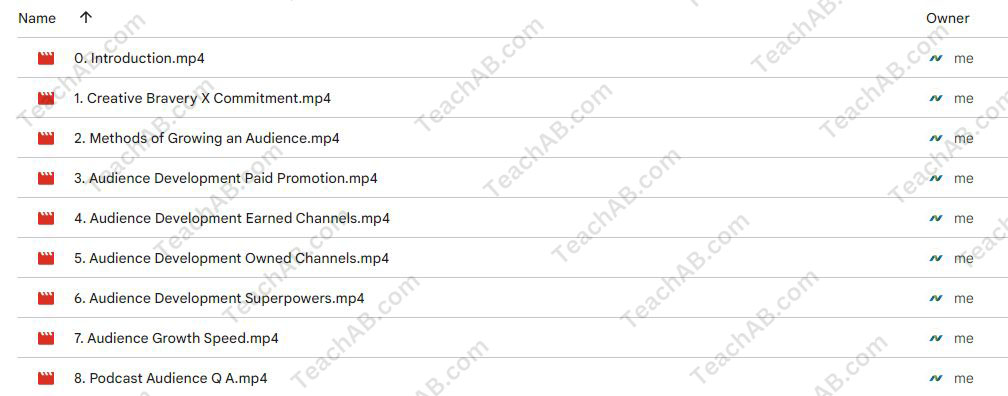
How to Grow a Podcast Audience By Dan Misener
Overview

How to Grow a Podcast Audience: Insights from Dan Misener
In the expansive world of podcasting, where voices echo through countless headphones and speakers, creating a lasting presence can sometimes feel like navigating a labyrinth. For aspiring podcasters, the challenge isn’t merely about producing engaging content but also about knitting a tapestry of listeners who resonate with that content. Dan Misener, a prominent figure in the podcasting space, provides invaluable insights into how to successfully grow an audience. His teachings range from the delicate balance of bravery and commitment to the nuanced understanding of audience dynamics. In this exploration, we will delve into his strategies, focusing on the most effective methods for podcasters to enhance their reach and foster genuine listener engagement.
Understanding the Unique Advantage
One of the cornerstone principles emphasized by Misener is the idea of identifying your unique advantage. In a marketplace overflowing with content, understanding what makes your podcast distinct is not just beneficial it’s imperative. This differentiation is akin to a lighthouse guiding sailors safely to shore amidst turbulent seas of competition. But how do you identify this unique advantage?
Identify Your Niche
To begin, podcasters should take the time to reflect on their passions, expertise, and the stories they wish to tell. Consider the following steps:
- Reflect on Personal Experiences: What unique life experiences can you bring to the table?
- Conduct Market Research: Analyze existing podcasts within your niche. What topics are saturated, and which are underserved?
- Solicit Feedback: Engage with early listeners or peers for their perspectives on what makes your podcast stand out.
This strategy is not merely about self-reflection; it’s about creating a meaningful connection with potential listeners. Knowing your unique edge allows you to tailor your marketing and content strategy effectively, ensuring that your podcast resonates with your target audience.
Crafting Your Brand Identity
After identifying your unique advantage, the next step is crafting a brand identity that encapsulates this uniqueness. Your podcast’s name, logo, and the tone of your content should coalesce into a cohesive narrative that speaks to your audience.
- Branding Elements to Consider:
- Podcast Name: A catchy, memorable name can draw people in.
- Cover Art: Visually appealing artwork can entice listeners on platforms like Apple Podcasts and Spotify.
- Tone and Style: Determining whether your podcast will be conversational, professional, or humorous can shape listener expectations.
A well-crafted brand identity not only aids in recognition but also instills a sense of belonging among listeners, much like a well-designed home that feels warm and inviting.
Marketing Strategies: Paid, Earned, and Owned Channels
Misener’s framework for growing a podcast audience includes focusing on three primary channels: paid, earned, and owned. Each of these channels offers unique avenues for reaching new listeners, and a balanced approach is crucial to maximizing impact.
Paid Marketing Strategies
Investing in paid advertising can quickly elevate your podcast’s visibility. Consider these tactics:
- Social Media Ads: Platforms like Facebook and Instagram allow precise targeting of potential listeners based on interests and demographics.
- Podcast Directories: Advertise your podcast in popular directories or sponsor other podcasts that align with your audience.
- Google Ads: Consider using Google Ads to capture searches related to podcasting topics relevant to your content.
Using paid strategies effectively can generate significant traffic, though it requires thoughtful planning and a budget.
Earned Media Strategies
Earned media coverage or mentions that come without direct payment can be incredibly powerful. Here’s how to leverage this channel:
- Press Releases: Craft informative press releases when launching a new season or episode that may attract media interest.
- Guest Appearances: Engage with other podcasters and consider guesting on their shows to reach their audience.
- Influencer Partnerships: Collaborate with influencers in your niche to spread the word about your podcast.
These strategies can broaden your reach, drawing in fresh listeners who may not be familiar with your content.
Owned Media Strategies
Lastly, owned media refers to the platforms and content that you control outright. Examples include:
- Your Website: Create a dedicated website for your podcast that includes episodes, show notes, and a blog.
- Email Newsletters: Build an email list to keep listeners updated on new episodes and exclusive content.
- Social Media Channels: Actively engage with your audience through your podcast’s social media profiles.
By optimizing your owned channels, you can cultivate a loyal listener base that engages with your content over time.
The Importance of Analytics
In his discussions, Misener underscores the significance of utilizing analytics tools to gauge podcast performance beyond just download numbers. The common focus on downloads can sometimes obscure a deeper understanding of audience engagement.
Metrics for Success
- Verified Listeners: This metric measures the number of unique individuals who listen to your podcast, providing a clearer view of your actual audience size.
- Time Spent Listening: Analyzing how long listeners stay engaged with your episodes can indicate the quality of your content.
- Listener Feedback and Ratings: Actively seeking listener feedback can assist you in refining your content and improving engagement.
By leveraging these metrics, podcasters can adapt their strategies based on actual listener behavior, thus ensuring a more responsive and engaging listening experience.
Understanding Listener Dynamics
Beyond surface metrics, Misener encourages podcasters to dive into the psychographics of their audience. Understanding listener motivations can help tailor content that resonates.
- Engagement Questions to Consider:
- What themes or topics generate the most listener interaction?
- Are there specific segments or formats that keep listeners coming back?
- How do listeners typically discover your podcast?
By examining listener behavior, podcasters can forge a deeper connection and create content that speaks directly to their audience’s desires and needs.
Conclusion
In summary, Dan Misener’s insights into growing a podcast audience reveal that success in this crowded field is built on understanding one’s unique advantage and employing a well-rounded marketing strategy. By identifying your niche, developing a strong brand identity, and leveraging a combination of paid, earned, and owned media strategies, you can significantly enhance your podcast’s visibility.
Moreover, focusing on analytics and understanding audience dynamics allows podcasters to refine their content and build meaningful connections with listeners. Ultimately, the journey to growing your podcast audience is akin to cultivating a garden requiring patience, careful nurturing, and a keen awareness of what flourishes in your unique environment. Through these thoughtful strategies and insights, aspiring podcasters can navigate the labyrinth of content creation and emerge with a loyal audience that truly values their voice.
Frequently Asked Questions:
Innovation in Business Models: We use a group purchase approach that enables users to split expenses and get discounted access to well-liked courses. Despite worries regarding distribution strategies from content creators, this strategy helps people with low incomes.
Legal Aspects to Take into Account: Our operations’ legality entails several intricate considerations. There are no explicit resale restrictions mentioned at the time of purchase, even though we do not have the course developers’ express consent to redistribute their content. This uncertainty gives us the chance to offer reasonably priced instructional materials.
Quality Control: We make certain that every course resource we buy is the exact same as what the authors themselves provide. It’s crucial to realize, nevertheless, that we are not authorized suppliers. Therefore, the following are not included in our offerings: – Live coaching sessions or calls with the course author.
– Entry to groups or portals that are only available to authors.
– Participation in closed forums.
– Straightforward email assistance from the writer or their group.
Our goal is to lower the barrier to education by providing these courses on our own, without the official channels’ premium services. We value your comprehension of our distinct methodology.
Be the first to review “How to Grow a Podcast Audience By Dan Misener” Cancel reply
You must be logged in to post a review.
Related products
Personal Development
Cognomovement An Energy Healing System With Bill McKenna and Liz Larson – The Shift Network
Personal Development
The Performance Stretch System Level 1 By The Stretch Therapists
Personal Development
Personal Development
Personal Development
Human Design Business Kickstart Bundle 2024 By Becca Francis
Personal Development
Personal Development
Abundance And Money Workshop Replay By Samantha Chung & Gina Bourne
Personal Development
Training the Electric/Magnetic Lines of Force with Movement By Sixty Skills




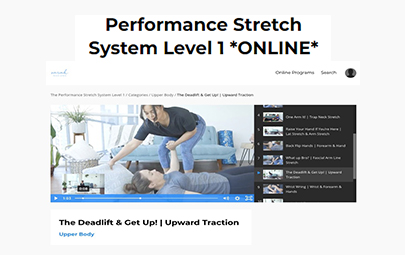



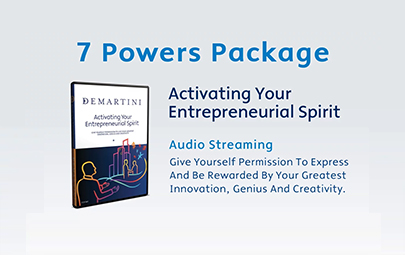
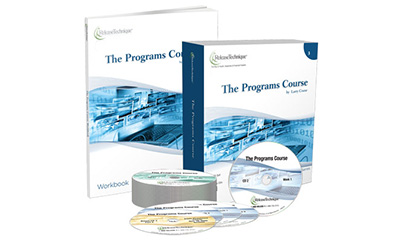
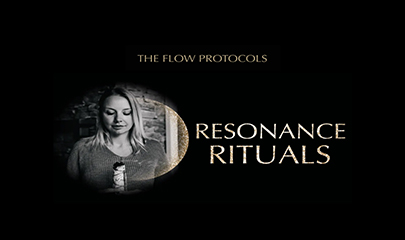
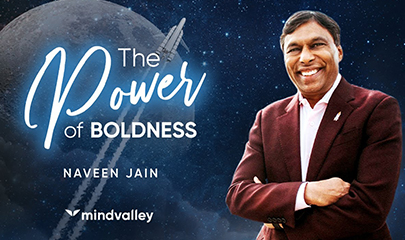







Reviews
There are no reviews yet.